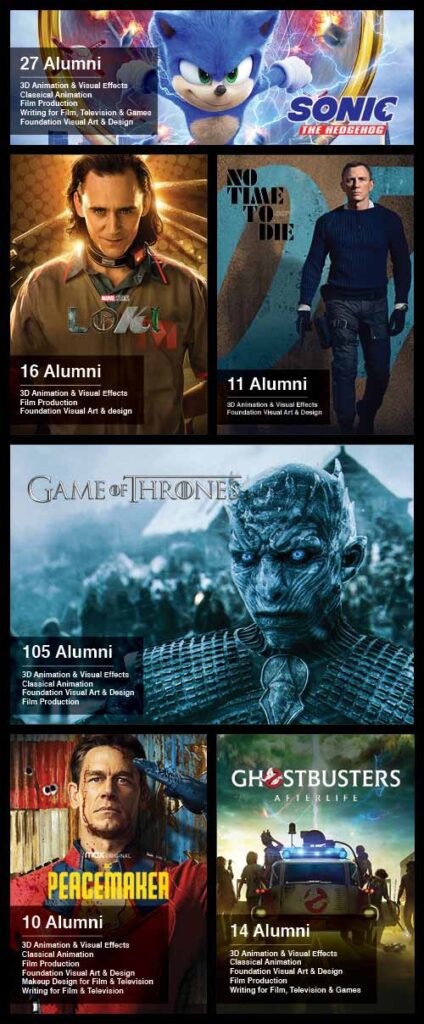Visual Effects (VFX) play a key role in enhancing the look and feel of modern video games. The creation of VFX in video games involves several stages, including concept design, pre-production, production, and post-production. Concept artists work with developers to design characters, environments, and special effects, which serve as a reference for the VFX team during pre-production. During production, the VFX team works on adding effects to the game, while post-production involves adding final touches to the visual effects. VFX in video games enhances the gaming experience, making games look more realistic and cinematic.
Visual Effects in Video Games: From Concept to Creation
In modern video games, Visual Effects or VFX plays a vital role in enhancing games’ overall look and feel. VFX is the art of creating or manipulating visual images using various techniques and tools to make them look more realistic or cinematic. In this article, we will explore how VFX is created in video games from concept to creation.
Concept Design:
The first step in creating VFX for a video game is concept design. In this stage, game developers work with concept artists to create a visual guide for their game. This includes designing characters, environments, and special effects.
Concept artists use traditional drawing or digital tools to create sketches or paintings that will serve as a reference for the game’s VFX team. Concept art helps to establish the game’s visual style, lighting, and color palette. These elements are essential to make sure the VFX team works in the same direction as the game developers.
Pre-Production:
After the concept stage, the pre-production starts. In this stage, the game developers start building the game’s world and its assets. The VFX team works closely with the game developers to create assets that require VFX. These assets include 3D models, textures, and animations.
The VFX team works on creating references for the game’s world, including the environment, lighting, and particle simulations. They also work on creating visual effects that add depth to the gameplay, such as explosions, muzzle flashes, and magic spells.
Production:
The production stage is when the game’s elements are put together, and the VFX team starts working on adding effects to the game. The VFX team works with the game developers to implement their visual effects on the game’s engine.
The VFX team designs particle systems for effects like smoke, fire, and water. They also work on creating realistic animations for environmental effects, like tree swaying and grass movement. The VFX team also focuses on designing visual effects that have an impact on gameplay, such as race cars’ speed trails.
Post-Production:
The Post-Production stage is the final polish of the game’s visuals. This stage is where the VFX team adds final touches to the visual effects. This includes adding extra layers of environmental effects like fog, dust, and rain.
The VFX team works on designing visual effects that enhance the game’s story, including cutscenes, trailers, and promotional material. These effects involve adding camera effects, color correction, and lens effects, which creates a cinematic atmosphere.
Conclusion
In conclusion, VFX is an essential part of modern video games. The art of creating or manipulating visual images, VFX makes games look more realistic and cinematic, providing a better gaming experience. From Concept Design to Post-Production, VFX team works in collaboration with game developers to create assets with visual effects that enhance the visuals of the game.
